Design Muse - AI-powered Design Prompt Tool
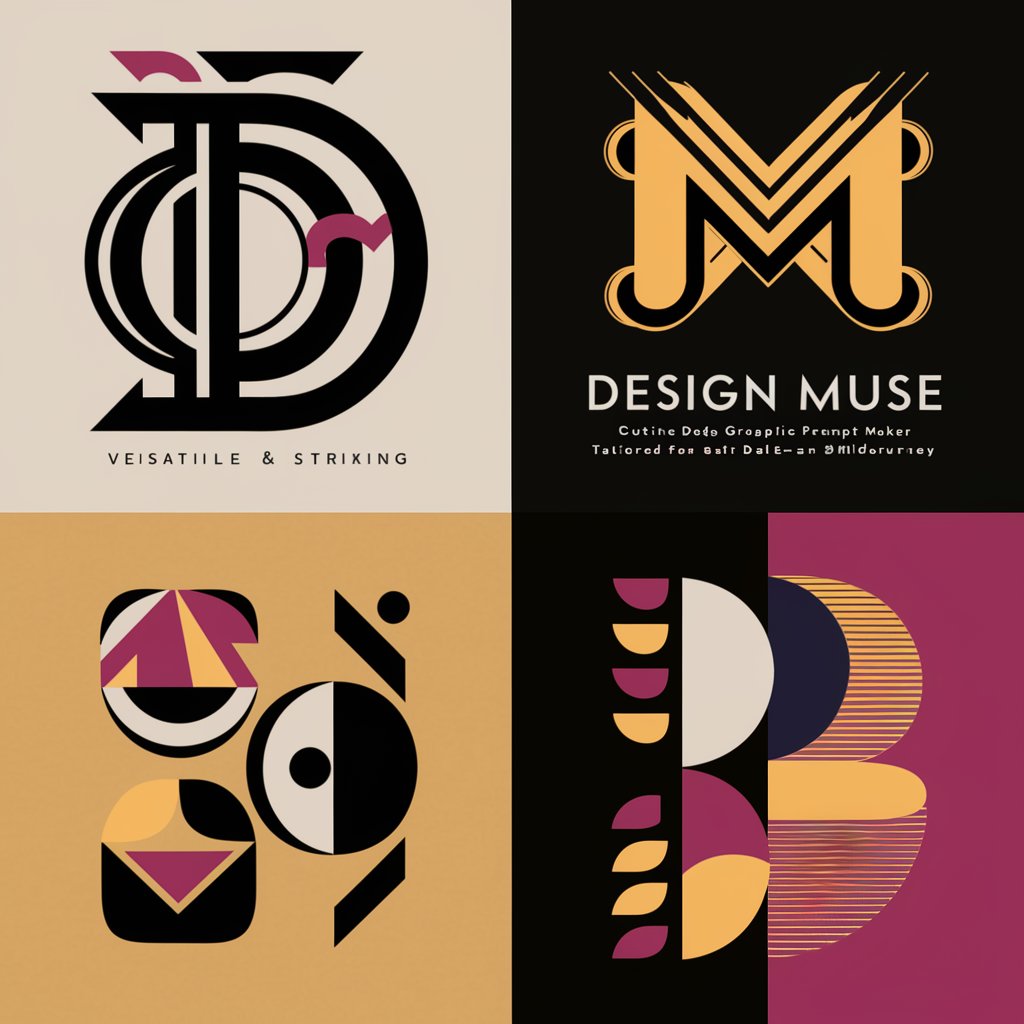
Welcome to Design Muse, your creative prompt generator!
Ignite Creativity with AI-Powered Design Prompts
Design a minimalist logo that captures the essence of modern graphic design.
Create an Art Deco-inspired logo that highlights elegance and sophistication.
Generate a retro-style logo that evokes nostalgia and classic design elements.
Develop a Bauhaus-inspired logo that emphasizes geometric shapes and simplicity.
Get Embed Code
Introduction to Design Muse
Design Muse is an innovative Graphic Design Prompt Maker tailored for AI image generators such as DALL-E and MidJourney. Its primary purpose is to assist graphic designers by generating creative prompts for a wide range of projects, thereby enhancing creativity and efficiency. For example, it can offer prompts for creating a futuristic technology ad campaign or a retro-themed poster, significantly aiding in brainstorming and conceptual development phases. Powered by ChatGPT-4o。

Main Functions of Design Muse
Specific Design Styles
Example
Generating a prompt for a Bauhaus-inspired furniture catalog
Scenario
A designer seeking to explore the Bauhaus design style for a furniture catalog can use Design Muse to generate specific, era-focused prompts.
Industry-Specific Needs
Example
Creating avant-garde fashion campaign concepts
Scenario
Fashion designers looking for cutting-edge, avant-garde concepts for their next campaign can utilize Design Muse to generate industry-tailored prompts.
Complexity of Prompts
Example
From simple, beginner-level prompts to detailed, complex prompts for advanced projects
Scenario
Design Muse supports a wide user base by offering prompts of varying complexity, ensuring both novices and experienced designers find value.
User Interaction
Example
Refining prompts through follow-up questions or providing multiple options
Scenario
To generate the most relevant prompts, Design Muse interacts with users, refining their requests through follow-up questions or by offering various options.
Incorporating Trends
Example
Regular updates with the latest design styles, color palettes, and typographic trends
Scenario
Design Muse stays current with design trends, ensuring the prompts are contemporary and align with current design sensibilities.
Feedback Incorporation
Example
Learning and evolving over time based on user feedback
Scenario
Design Muse includes a feedback mechanism, allowing it to continuously improve and evolve according to user insights and suggestions.
Ideal Users of Design Muse
Professional Graphic Designers
Professionals in design agencies can use Design Muse for brainstorming and generating novel ideas quickly, especially under tight deadlines.
Design Students and Educators
It serves as a teaching aid, helping students learn about different design styles and elements in an educational setting.
Freelance Designers and Small Studios
Freelancers and small studios can utilize Design Muse as a virtual assistant to streamline the idea generation process and save resources.
Amateur Designers and Hobbyists
Individuals exploring graphic design can find structured learning and inspiration through Design Muse, helping them develop their skills.
Marketing and Advertising Teams
Teams can quickly generate creative concepts for campaigns and promotional materials, aiding marketing departments or advertising agencies.
Online Content Creators
Bloggers, YouTubers, and social media influencers can create visually appealing graphics that resonate with their audience using Design Muse.

How to Use Design Muse
Start Your Design Journey
Visit yeschat.ai for a free trial without the need for login or ChatGPT Plus.
Select Your Design Style
Choose from a vast array of design styles and eras, such as modern, minimalist, retro, Art Deco, Bauhaus, and Postmodernism, to start generating your creative prompt.
Specify Industry Needs
Indicate your industry to tailor prompts specifically for technology, fashion, publishing, and more, ensuring relevancy and innovation in your designs.
Engage with Interactive Prompts
Interact with Design Muse through follow-up questions to refine your prompts or explore a variety of options based on a single request, enhancing prompt relevance.
Utilize and Provide Feedback
Leverage the generated prompts for your projects and provide feedback to help evolve Design Muse, ensuring it remains up-to-date with the latest design trends and user needs.
Try other advanced and practical GPTs
Graphic Design Guru
Elevate Your Designs with AI

Designer
Harness AI to Master Design
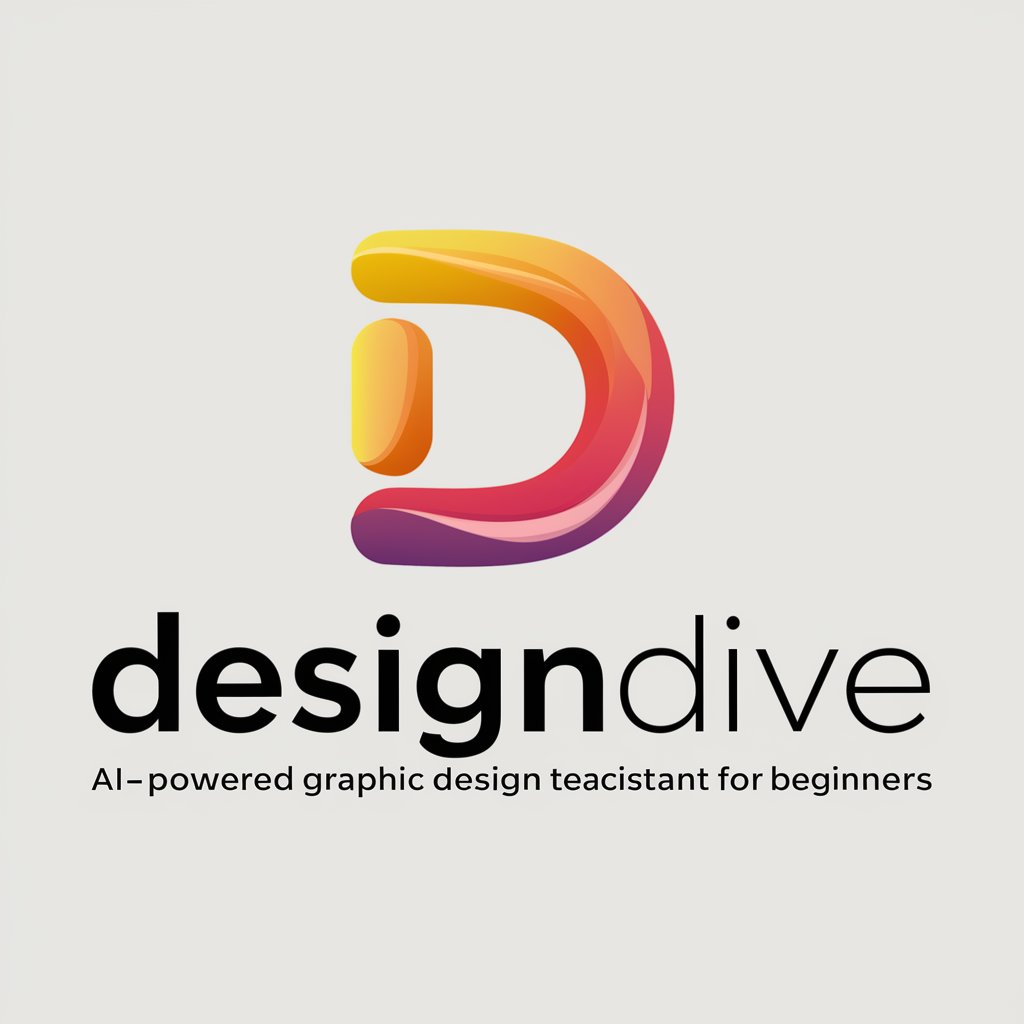
Graphic Design - DesignerGPT - DesignHelper AI
Powering Creativity with AI
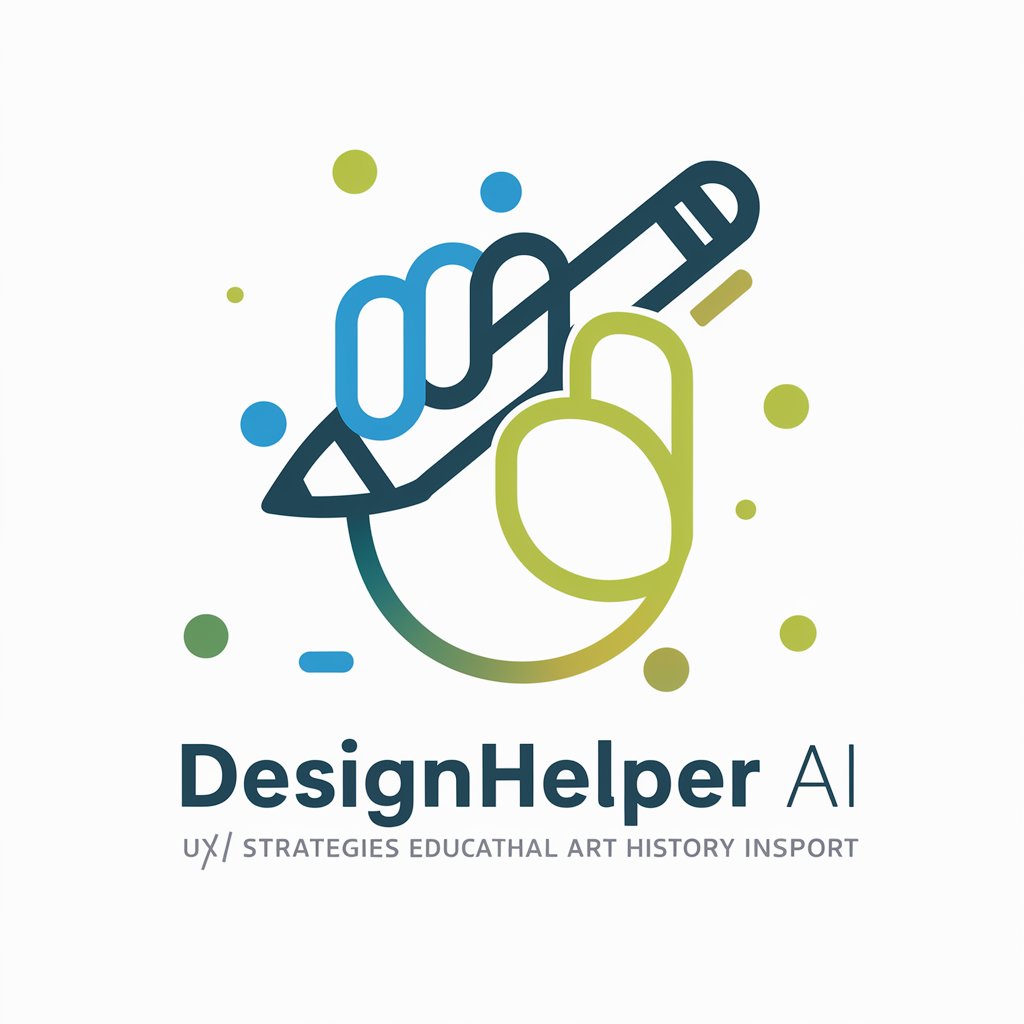
super designer
Design smarter, not harder, with AI.
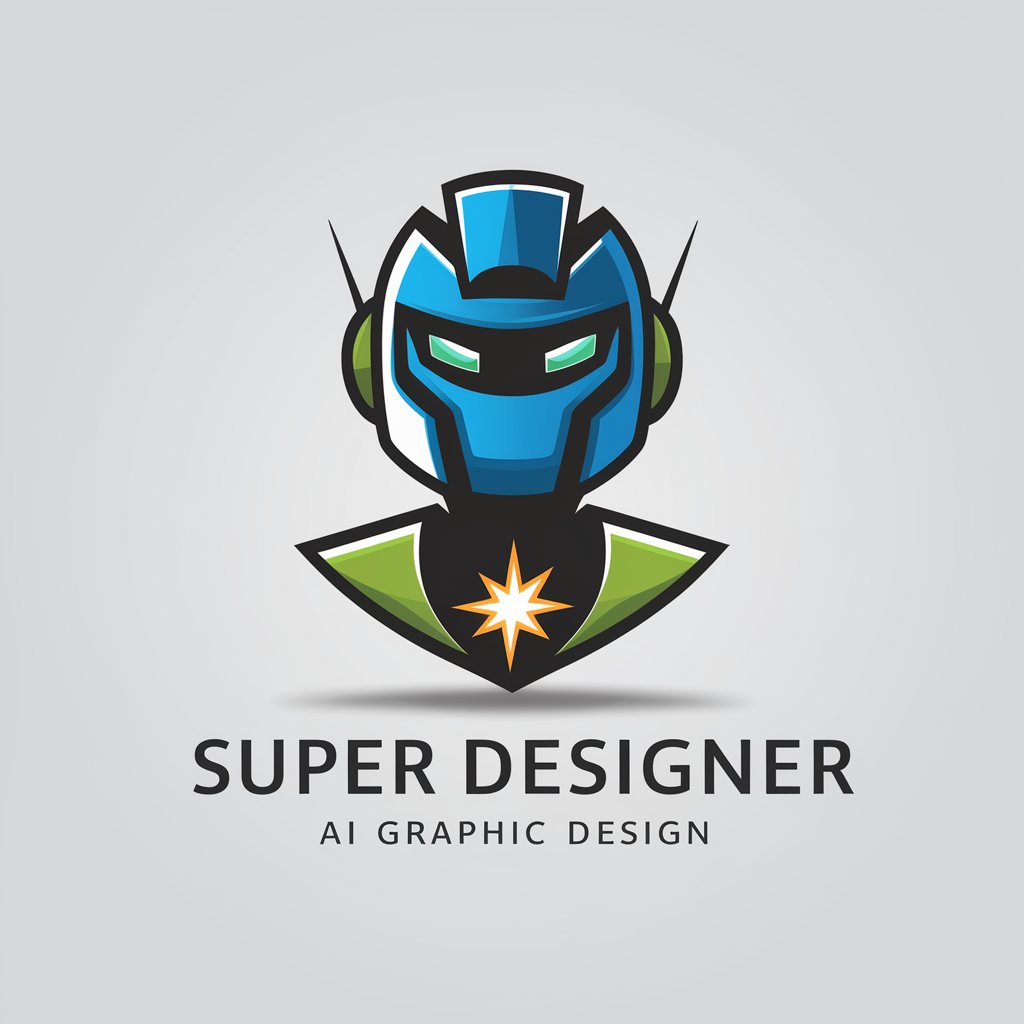
Creative Spark
Empowering Design with AI Creativity
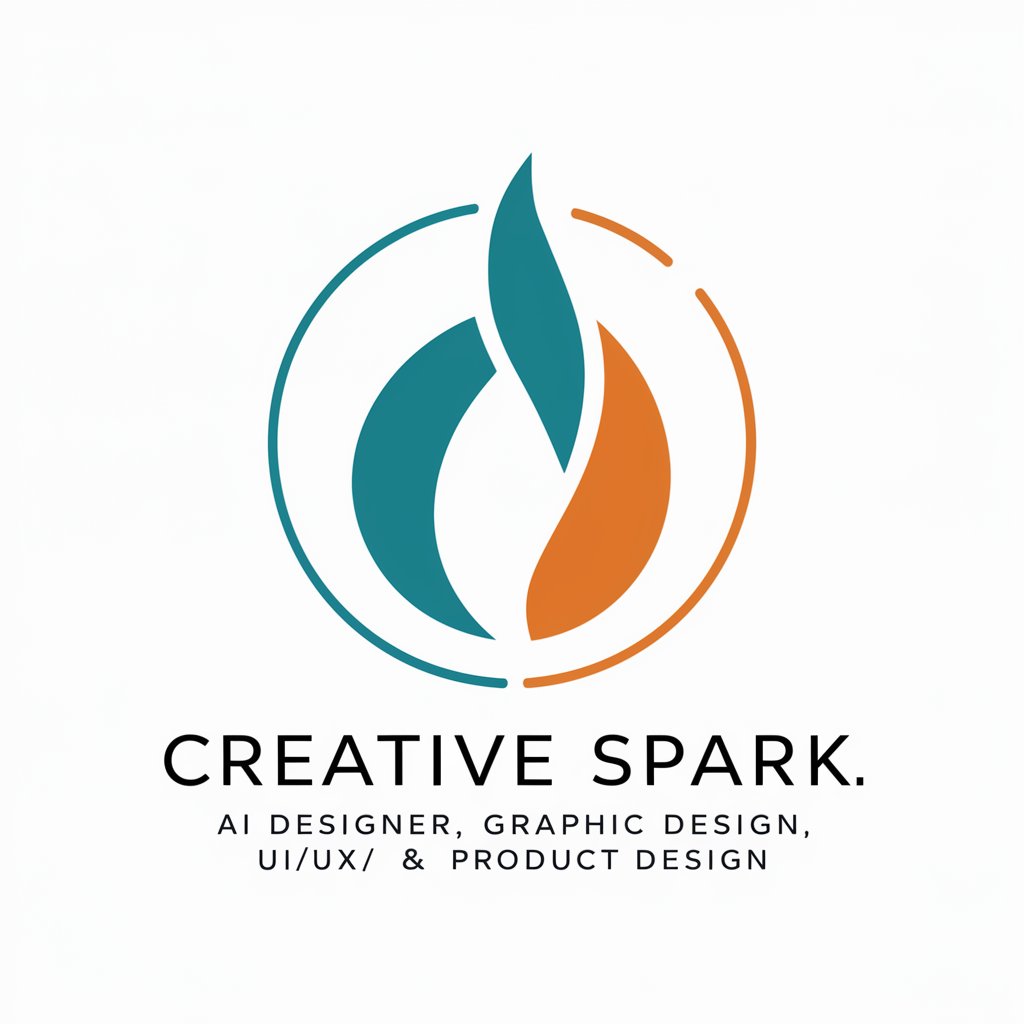
Design Buddy+
Empowering Design Creativity with AI
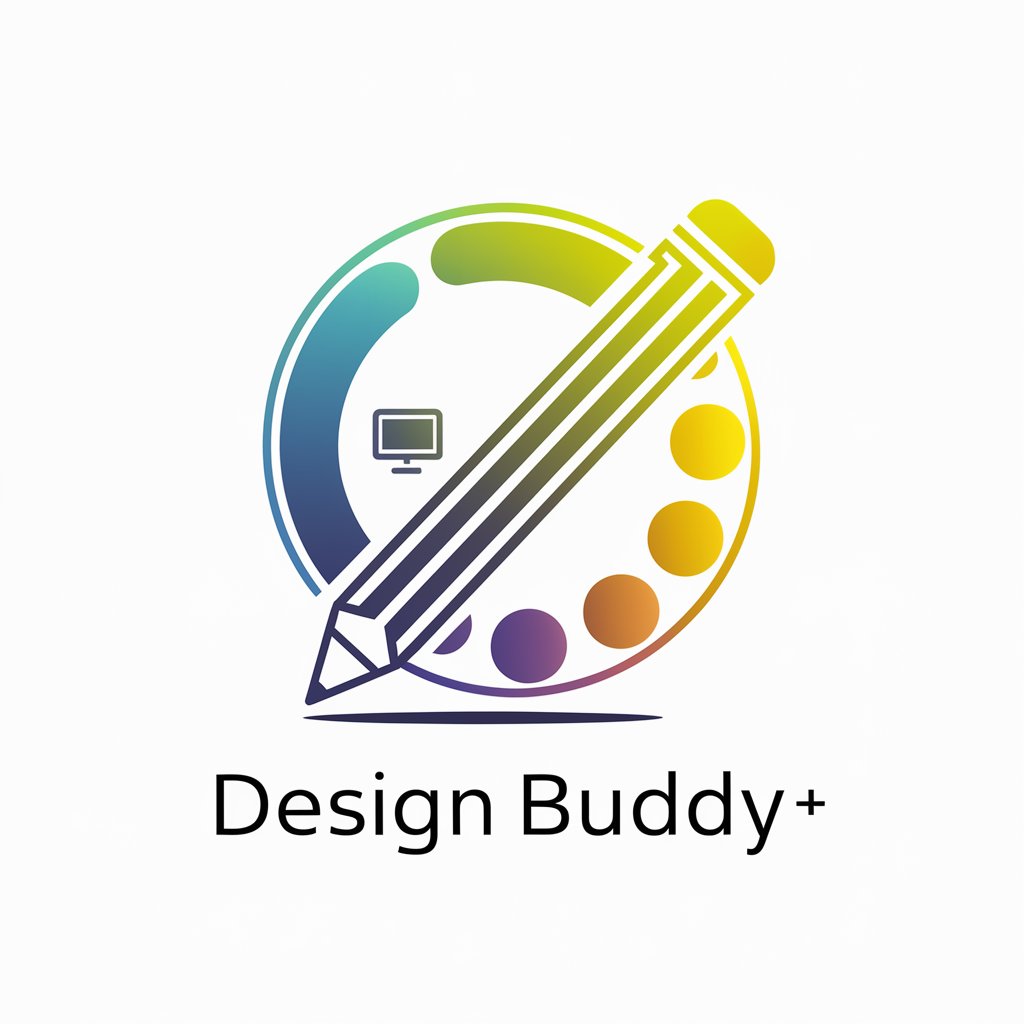
Graphic Design for Bloggers
Empowering Bloggers with AI-Driven Design
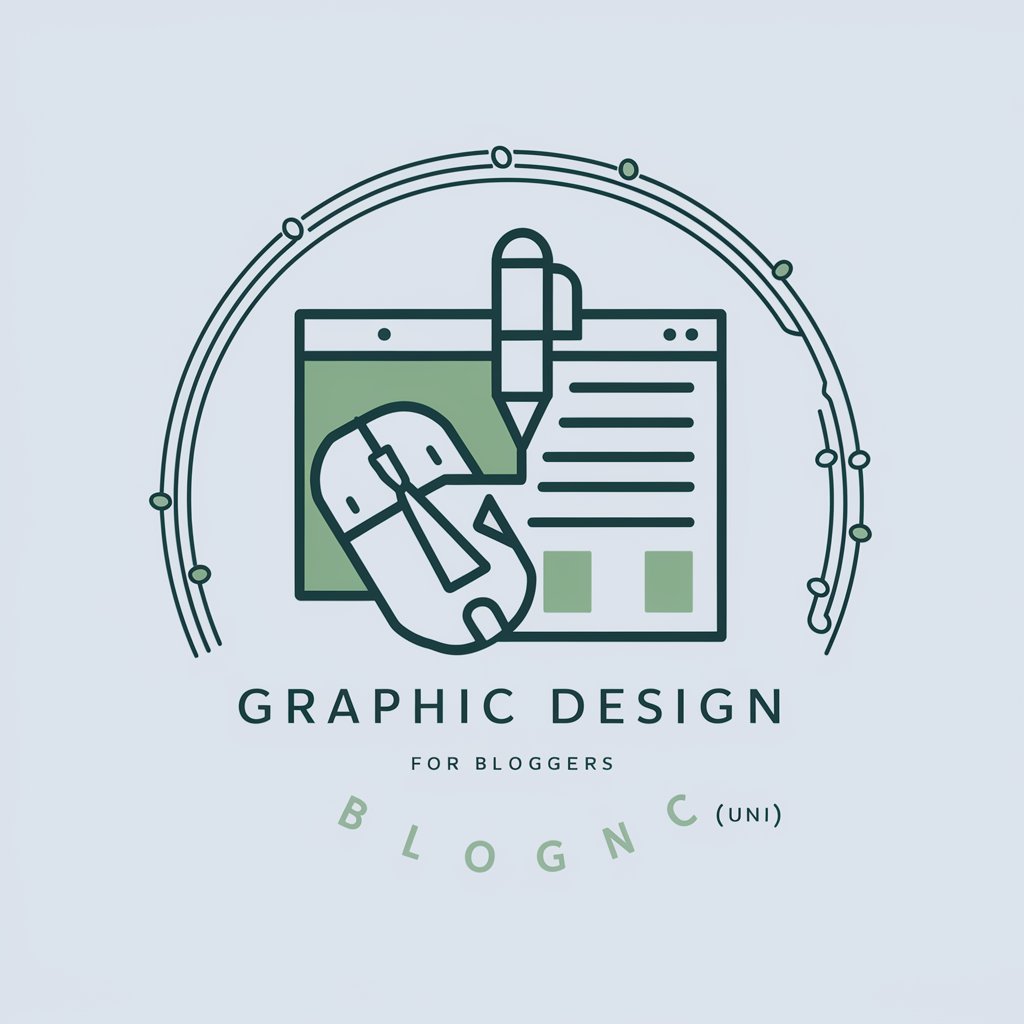
AI Logo Graphic Designer
Craft Your Brand's Identity with AI
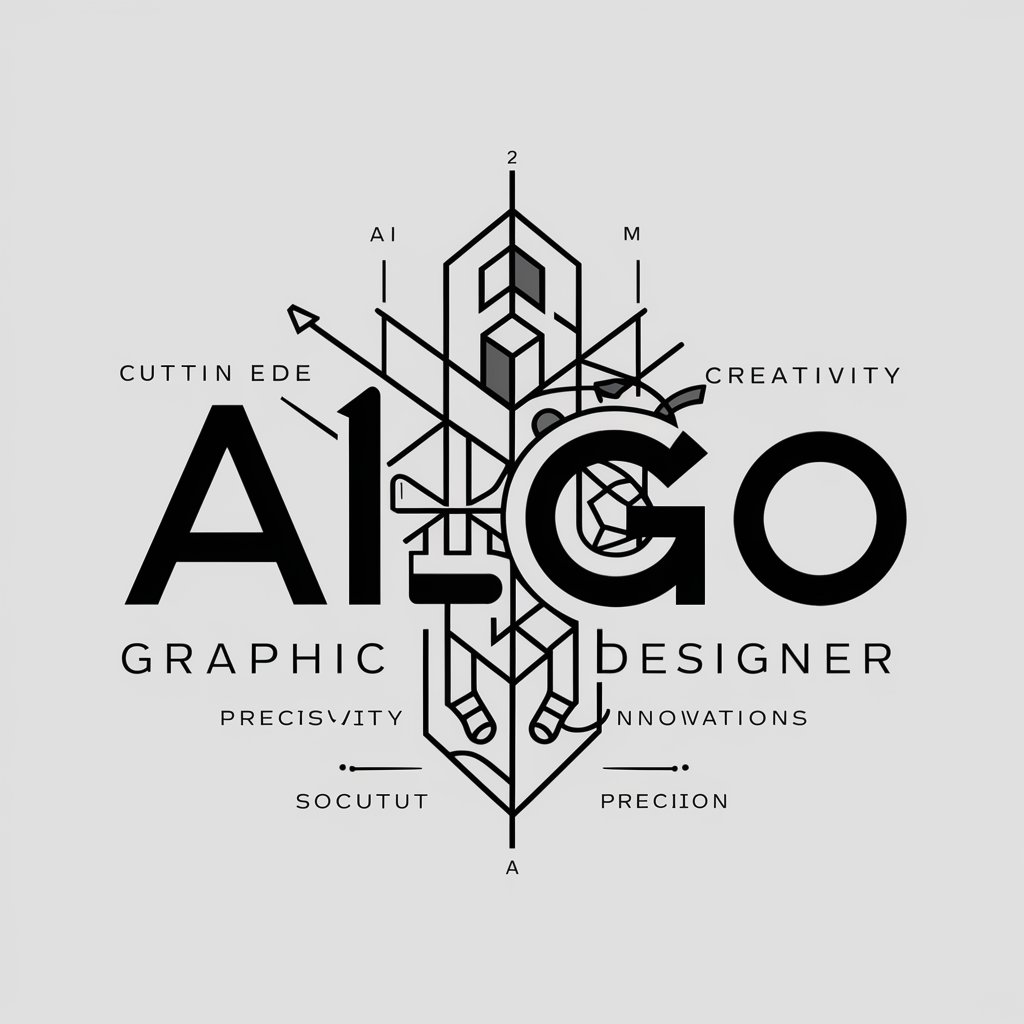
Motion Master
Streamline your board's decision-making with AI-powered motion drafting.

Snow Motion
Elevate your skiing with AI-powered insights
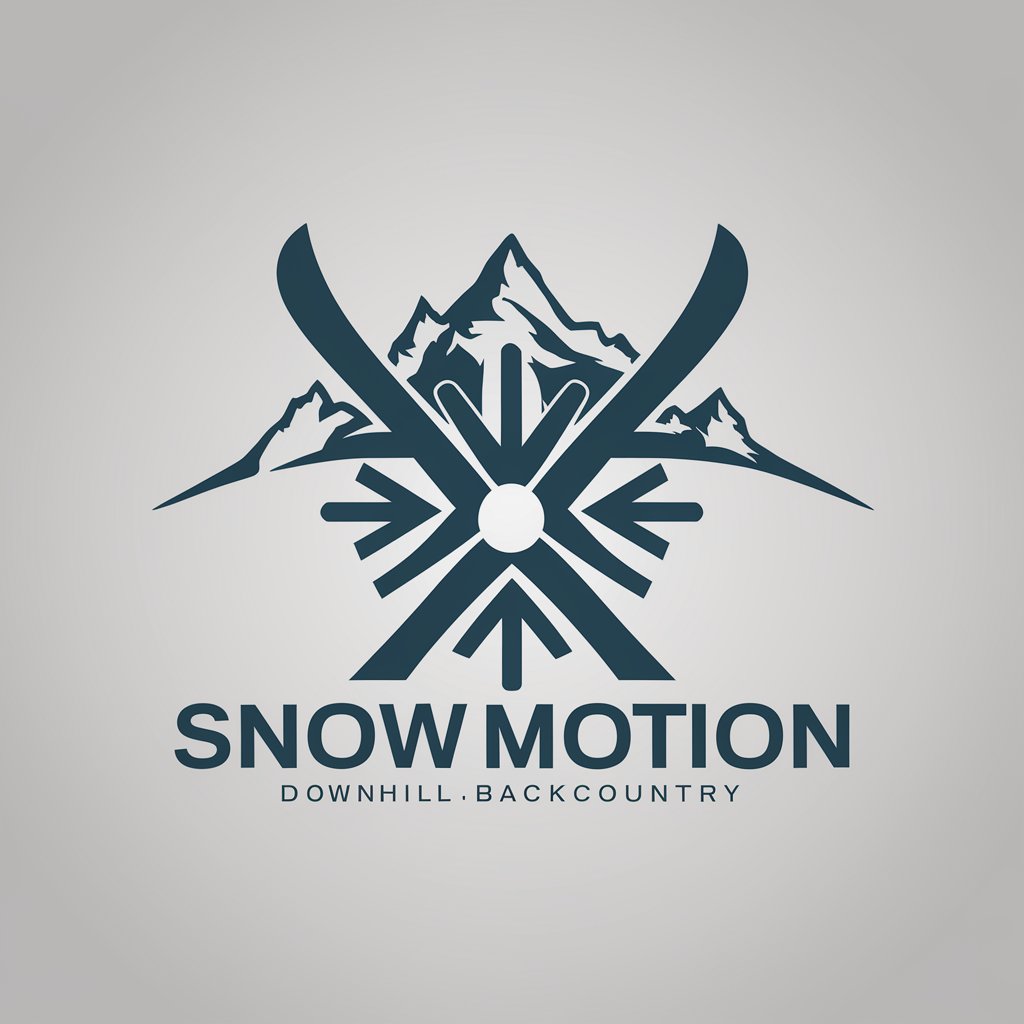
Poetry in Motion
Empowering emotions through AI art and poetry

Motion Graphics for Videos
Elevate Videos with AI-Driven Motion Graphics

Frequently Asked Questions About Design Muse
What makes Design Muse unique compared to other design tools?
Design Muse stands out by offering tailored prompts for AI image generators across various design styles, eras, and industries. Its interactive features and ability to adapt to user feedback and current trends make it a dynamic tool for enhancing creativity.
How can Design Muse benefit professional graphic designers?
It aids in brainstorming and quickly generating novel ideas, especially useful under tight deadlines in a professional agency setting, by providing diverse and contextually relevant design prompts.
Can beginners use Design Muse effectively?
Absolutely. Design Muse offers prompts of varying complexity, from simple ones suitable for beginners to more detailed prompts for advanced users, making it accessible and beneficial for learning and inspiration.
How does Design Muse incorporate current design trends?
The tool is regularly updated with the latest design styles, color palettes, and typographic trends, ensuring that the prompts are contemporary and appealing to current design sensibilities.
What is the feedback mechanism in Design Muse?
Users can provide feedback on prompts, allowing Design Muse to learn and evolve. This feedback loop improves the relevance and quality of prompts and guides the development of new features.
